Working principles and usage scenarios of beam lights and moving head lights
Beam Lights

Working Principle: Beam lights utilize a short focal length spotlight principle combined with lens focusing effects. They are currently very popular in major performances and are especially suitable for energetic and intense scenes, such as in variety shows to enhance the atmosphere.
Usage Scenarios: Beam lights, which use metal halide lamps, have a very narrow beam angle and higher light efficiency. Therefore, even with lower power, they can produce very bright light beams. Beam lights are more suitable for powerful and explosive scenes like opening shows and dynamic dance performances, where they can be paired with strobe effects to create an exhilarating visual impact.
Moving Head Lights
Working Principle: Moving head lights operate with a system of 220V power - rectifier - trigger - lamp - temperature controller - neutral line. The 220V power supply first goes to the rectifier, then outputs to the B terminal of the trigger. The other two terminals of the trigger connect to both ends of the lamp, and then the temperature controller outputs to the neutral line.
The trigger functions only when lighting the lamp, providing high voltage to both ends of the lamp to cause the gas inside to electrically change and light up. Once the lamp is lit, the trigger stops working, merely connecting the rectifier to the lamp, similar to the old fluorescent lamp principle. The rectifier then functions with the lit lamp to share the voltage.
Usage Scenarios: Moving head lights, because of their conical light projection, cover a larger area compared to beam lights. They are ideal for showcasing soft, intellectual artistry in slow dances and gentle performances, creating beautiful, romantic atmospheres through the combination of different colors and patterns. For example, in bars with heights of only three to five meters, moving head lights are a wise choice as they can produce beams and patterns without causing discomfort to patrons.
However, in high studios, the wide beam angle of moving head lights makes the beams very dim, failing to achieve the desired lighting effect. Therefore, in such scenarios, beam lights are preferred unless there are special requirements for the lighting effect.
Usage Differences
Beam Lights: Beam lights can project light over longer distances based on stage and program needs. They are typically used in situations requiring long-range lighting effects.
Moving Head Lights: Moving head lights are generally used for close-range stage lighting effects. They are most effective within a distance of 5 meters. If the distance exceeds 12 meters, beam lights are preferable. During performance testing in production workshops, it becomes clear that beam lights can cause dizziness when used at close range due to their brightness, whereas moving head lights do not have this issue.
Market Demand
Regardless of the scenario or application, consumers generally prefer beam lights because they incorporate the functions of moving head lights and offer a broader range of usage. Unless the venue is too small to accommodate beam lights, beam lights are usually recommended due to their versatility and comprehensive functionality.
Differences Between Beam Lights and Moving Head Lights
Beam Lights: Beam lights are designed to produce bright light beams, often parallel, creating effects similar to laser beams even at distances of up to 100 meters. They emphasize the light process and are suitable for dynamic and intense performances.
Moving Head Lights: Moving head lights consist of optical, mechanical, electrical, and program control systems. These systems work together to meet requirements for light, color, speed, direction, effects, heat dissipation, noise, and positioning. They focus on the final effect of the light beam, such as spots and patterns, making them suitable for performances requiring detailed and softer lighting effects.
In summary, while beam lights focus on producing bright, parallel light beams for dynamic performances, moving head lights emphasize the artistic outcome of the beams, creating soft and detailed lighting effects.

For more information, please follow our Betopper official website https://betopperdj.com/, or our official YouTube account https://www.youtube.com/@betopperofficial. Don't miss it!








































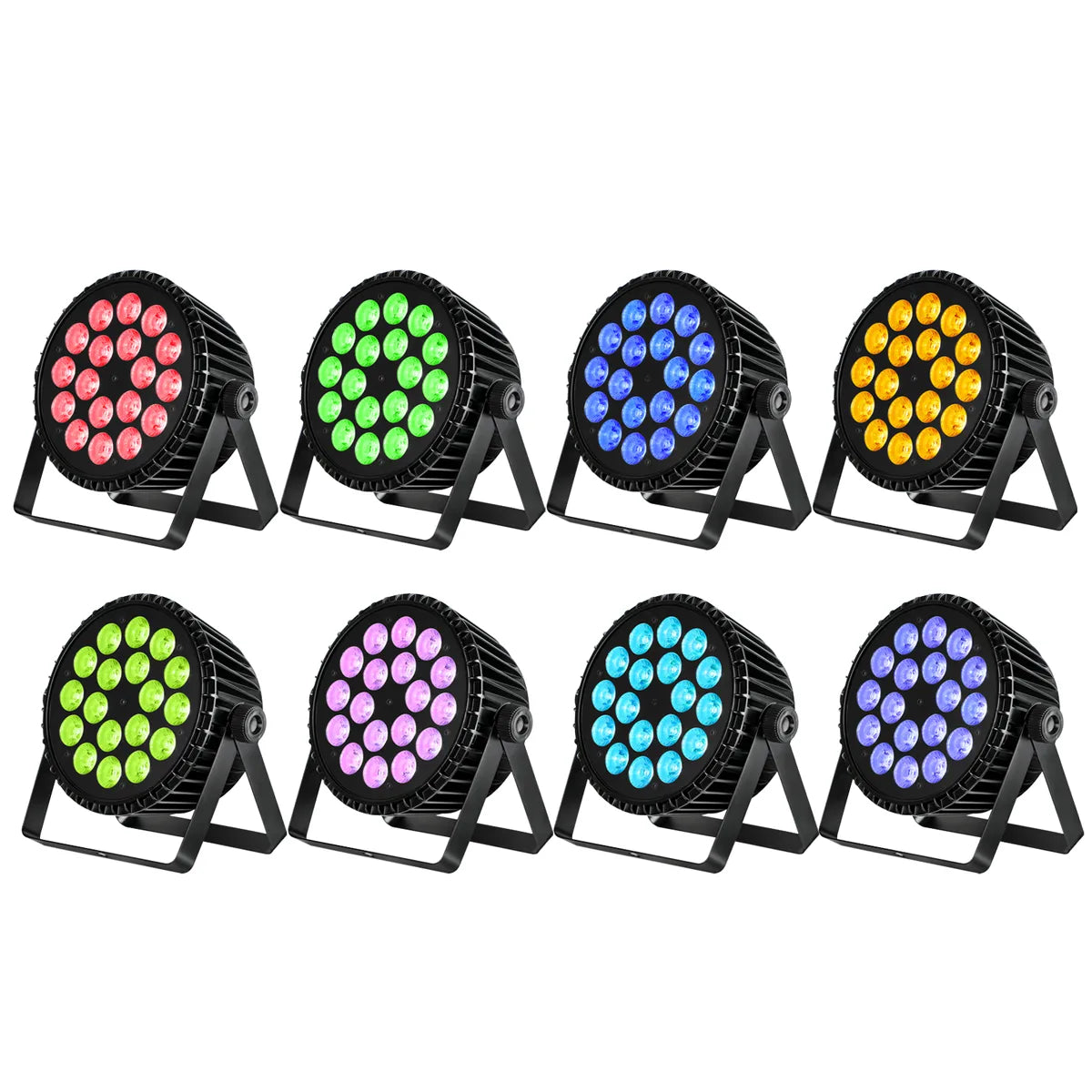










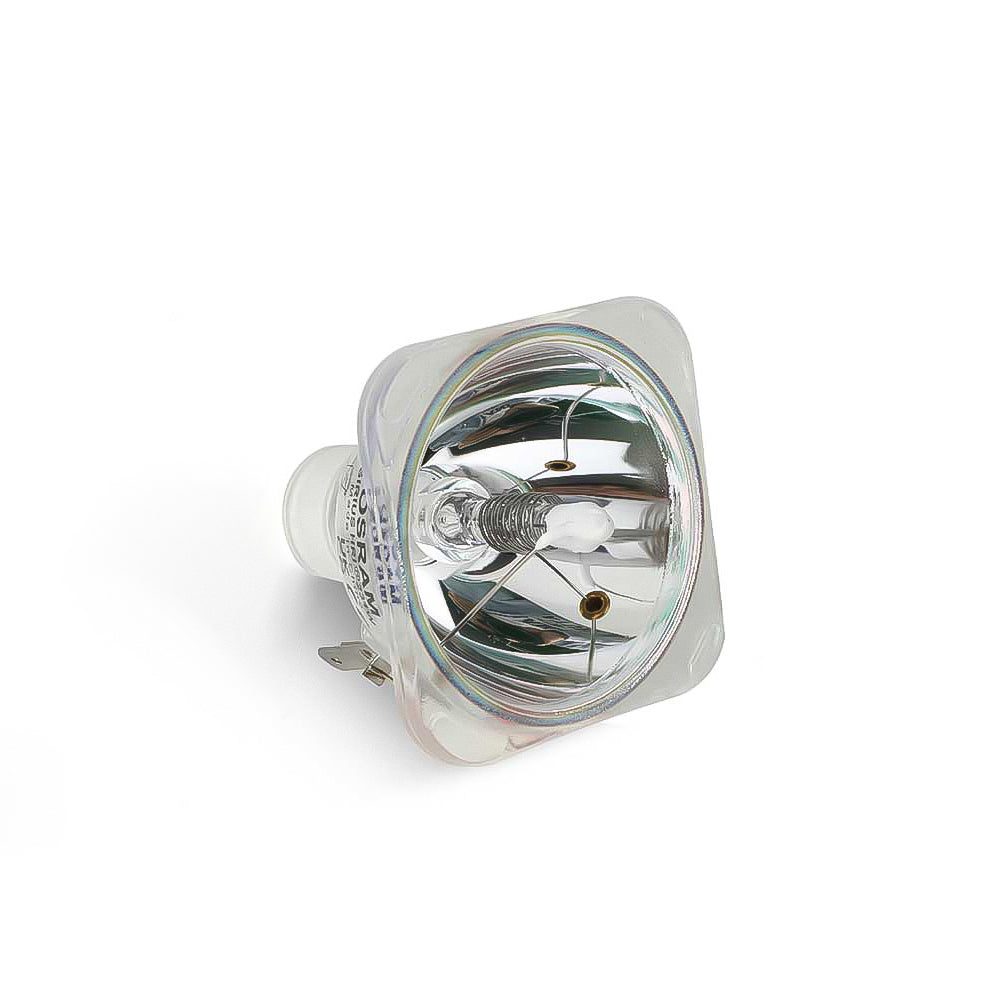















Leave a comment
This site is protected by hCaptcha and the hCaptcha Privacy Policy and Terms of Service apply.